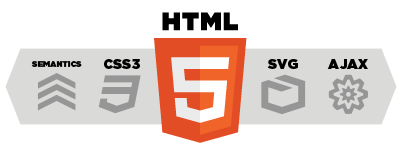Definition
Compose objects into tree structures to represent part-whole hierarchies. Composite lets clients treat individual objects and compositions of objects uniformly.
UML class diagram
Participants
The classes and/or objects participating in this pattern are:
- Component
implements default behavior for the interface common to all classes, as appropriate.
declares an interface for accessing and managing its child components.
(optional) defines an interface for accessing a component's parent in the recursive structure, and implements it if that's appropriate.
- Leaf
defines behavior for primitive objects in the composition.
- Composite
stores child components.
implements child-related operations in the Component interface.
- Client
Sample code in C#
///
/// MainApp startup class for Structural
/// Composite Design Pattern.
///
class MainApp
{
///
/// Entry point into console application.
///
static void Main()
{
// Create a tree structure
Composite root = new Composite("root");
root.Add(new Leaf("Leaf A"));
root.Add(new Leaf("Leaf B"));
Composite comp = new Composite("Composite X");
comp.Add(new Leaf("Leaf XA"));
comp.Add(new Leaf("Leaf XB"));
root.Add(comp);
root.Add(new Leaf("Leaf C"));
// Add and remove a leaf
Leaf leaf = new Leaf("Leaf D");
root.Add(leaf);
root.Remove(leaf);
// Recursively display tree
root.Display(1);
// Wait for user
Console.ReadKey();
}
}
///
/// The 'Component' abstract class
///
abstract class Component
{
protected string name;
// Constructor
public Component(string name)
{
this.name = name;
}
public abstract void Add(Component c);
public abstract void Remove(Component c);
public abstract void Display(int depth);
}
///
/// The 'Composite' class
///
class Composite : Component
{
private List_children = new List ();
// Constructor
public Composite(string name)
: base(name)
{
}
public override void Add(Component component)
{
_children.Add(component);
}
public override void Remove(Component component)
{
_children.Remove(component);
}
public override void Display(int depth)
{
Console.WriteLine(new String('-', depth) + name);
// Recursively display child nodes
foreach (Component component in _children)
{
component.Display(depth + 2);
}
}
}
///
/// The 'Leaf' class
///
class Leaf : Component
{
// Constructor
public Leaf(string name)
: base(name)
{
}
public override void Add(Component c)
{
Console.WriteLine("Cannot add to a leaf");
}
public override void Remove(Component c)
{
Console.WriteLine("Cannot remove from a leaf");
}
public override void Display(int depth)
{
Console.WriteLine(new String('-', depth) + name);
}
}
-
Average:
-
Reads(1011)
-
Trackback(0)
-
Permalink





















Comments (0)